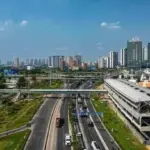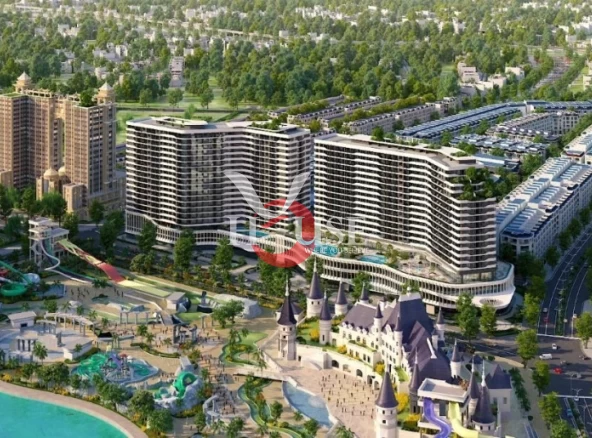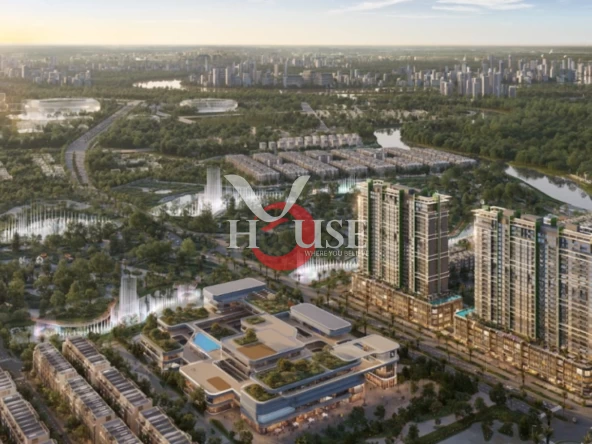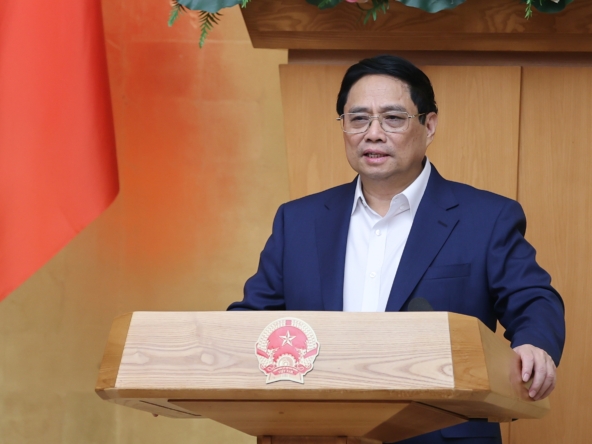A DEEP DIVE: The TOD “Impulse” – Ho Chi Minh City Real Estate Begins a New Development Chapter Around Metro Stations

The Transit-Oriented Development (TOD) model is being strongly promoted by Ho Chi Minh City, opening up a new direction for the Ho Chi Minh City real estate market. The city has outlined a three-phase roadmap, focusing on key metro lines and Ring Road 3 to create a foundation for sustainable growth.
A New Flow in the Ho Chi Minh City Real Estate Market
Ho Chi Minh City is at the threshold of a new development phase, with the goal of becoming a connected megacity. At the “Enhancing TOD Implementation Capacity” workshop, Ho Chi Minh City Vice Chairman Bui Xuan Cuong affirmed that TOD is a pivotal strategy.
This model is not only meant to solve traffic problems but also to boost the value of Ho Chi Minh City real estate along the metro lines, creating a sustainable financial resource for the city. However, its implementation requires a clear and systematic roadmap.

1. A 3-Phase Roadmap for TOD Development
Ho Chi Minh City has outlined three specific phases to develop urban areas around metro stations, ensuring synchronization between transport infrastructure and real estate.
- Phase 2025 – 2030 (Initiation and Learning): The city will focus on key transport routes like Metro Line 1 (Ben Thanh – Suoi Tien), Metro Line 2 (currently preparing for groundbreaking), and the extended Metro Line 2 (Ben Thanh – Thu Thiem – Long Thanh), along with Ring Road 3. This is a pilot phase with 11 key locations such as Phuoc Long station and the Coconut Farm area. The goal is to both implement and gain experience, gradually forming a modern urban ecosystem.
- Phase 2030 – 2045 (Expansion and Completion): TOD urban areas will develop along Metro Lines 3, 4, and 6 to complete the inner-city transport network. At the same time, extended lines to neighboring provinces like Binh Duong and Vung Tau (formerly) will also be prioritized, creating a strong inter-regional connection network.
- Post-2045 Phase (Network Completion): This phase focuses on completing the remaining metro lines (5, 7, 8, 9, 10…), aiming for a comprehensive and fully integrated urban rail system for the entire new HCMC after its consolidation.

2. TOD Challenges and Practical Solutions
Although there are no completed TOD projects yet for practical experience, Ho Chi Minh City has taken its first steps. The city is selecting areas with potential for pilot programs, such as the area around Phuoc Long station, and is focusing on land-use planning, with a view to conducting auctions and attracting effective investment.
Local and international experts have made several important recommendations. Accordingly, the city needs to:
- Enforce a social housing development obligation within TOD areas to ensure inclusivity and social equity.
- Build a transparent financial mechanism based on a land value capture model, attracting private capital through a Public-Private Partnership (PPP) model.
- Establish a dedicated agency to manage and coordinate TOD, avoiding overlaps and delays.

Conclusion: The Sustainable Development Future of Ho Chi Minh City Real Estate
By implementing the TOD model, Ho Chi Minh City is not only solving its urban traffic problems but also creating a new growth engine for the Ho Chi Minh City real estate market. Areas around metro stations will become new growth poles, attracting residents and economic activities, creating a modern and sustainable urban ecosystem.
The city’s commitment to learning from international experience and having a clear roadmap, from pilot programs to widespread implementation, is evident. This not only fulfills its vision of a megacity but also brings attractive investment and residency opportunities for investors and homebuyers in the near future.






